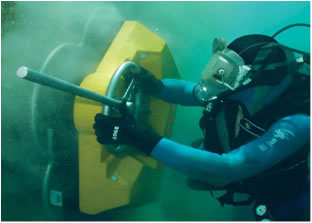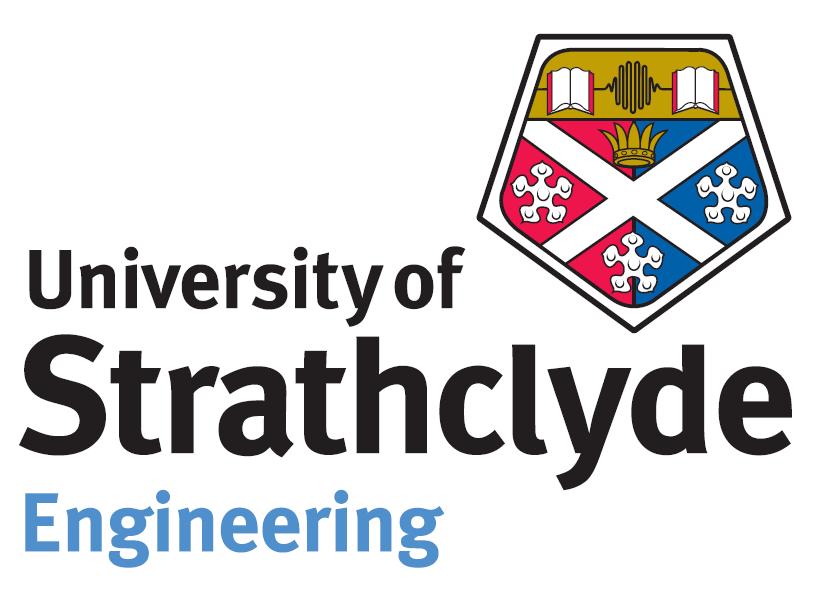Operation and Maintenance
Although a marine turbine has multiple components that will require maintenance this page focuses on turbine blades.
Today many shipping companies and navies are searching for new developments in marine antifouling due to the increase in fuel costs. A low drag, smoother boat bottom yields a higher top speed and reduced fuel costs. Some examples of increased drag include 1-2% by slime, up to 10% by weeds, and up to 40% by shells. In the case of a tidal energy farm an operator will ensure that the turbine blades are smooth, permitting the turbine to generate as much power as possible. A financial model found on this website shows how an increase in blade roughness can significantly reduce revenues earned by the operator. This section introduces tools used by the maritime industry to maintain surface smoothness.
Percentages used from: http://www.riam.kyushu-u.ac.jp/ship/ittc/presentation/PPT-GD3-Mehmet.pdf
Cleaning
Scrubber
Onshore
Standard grinders, drills and sanders can be used in locations where pressure washing is unable to remove fouling. It is the scrubbing pad selection that is most important as it is important not to damage the coating. However, for weaker coatings such as FRP, barnacles will have already broken through multiple layers and reapplication will be required.
Subsea
Various products can be found that utilize hydraulic pumps and hoses to drive a rotating scrubber/grinder. These tools vary in size. The smallest being a hand held power tool, the largest being a self propelled, lawn tractor sized scrubber that can be autonomous or operated by a diver. The rotary brushes vary in stiffness and should be selected based on the durability of the protective coating.

Pressure Washer
Onshore
Standard pressure washers are used during boat dry-docking. The pressure which is used on the boat is determined by the coating properties.
Subsea
Trash pumps which are more robust and can manage moving small solids have been adapted for pumping seawater. Like the rotary scrubbers these pumps are driven by hydraulic fluid pumped from above the water surface. These hand held devices can produce very high pressure jets for cleaning boat bottoms. Some larger devices are used to blast trenches along the seabed.
Remotely Operated Vehicle
A few creative products were found where the fundamental technologies utilized for their operation could be adopted to create a blade cleaning device.
HullBUG
Developed in conjunction with the US Navy, this autonomous device utilises a sensor which measured surface roughness to determine whether or not to continue cleaning. Both brushed and pressure jets are being considered.
CleanROV
This is a tethered device that utilises water jets to remove fouling. The fouling is then collected and filtered by the support vessel.
Splashzone Riser Inspection Tool
This is a tethered device that cleans with two hydraulically driven cleaning brushed and visually inspects a riser using a light and camera. Operated from a support vessel this device is limited to 10m below sea level.





